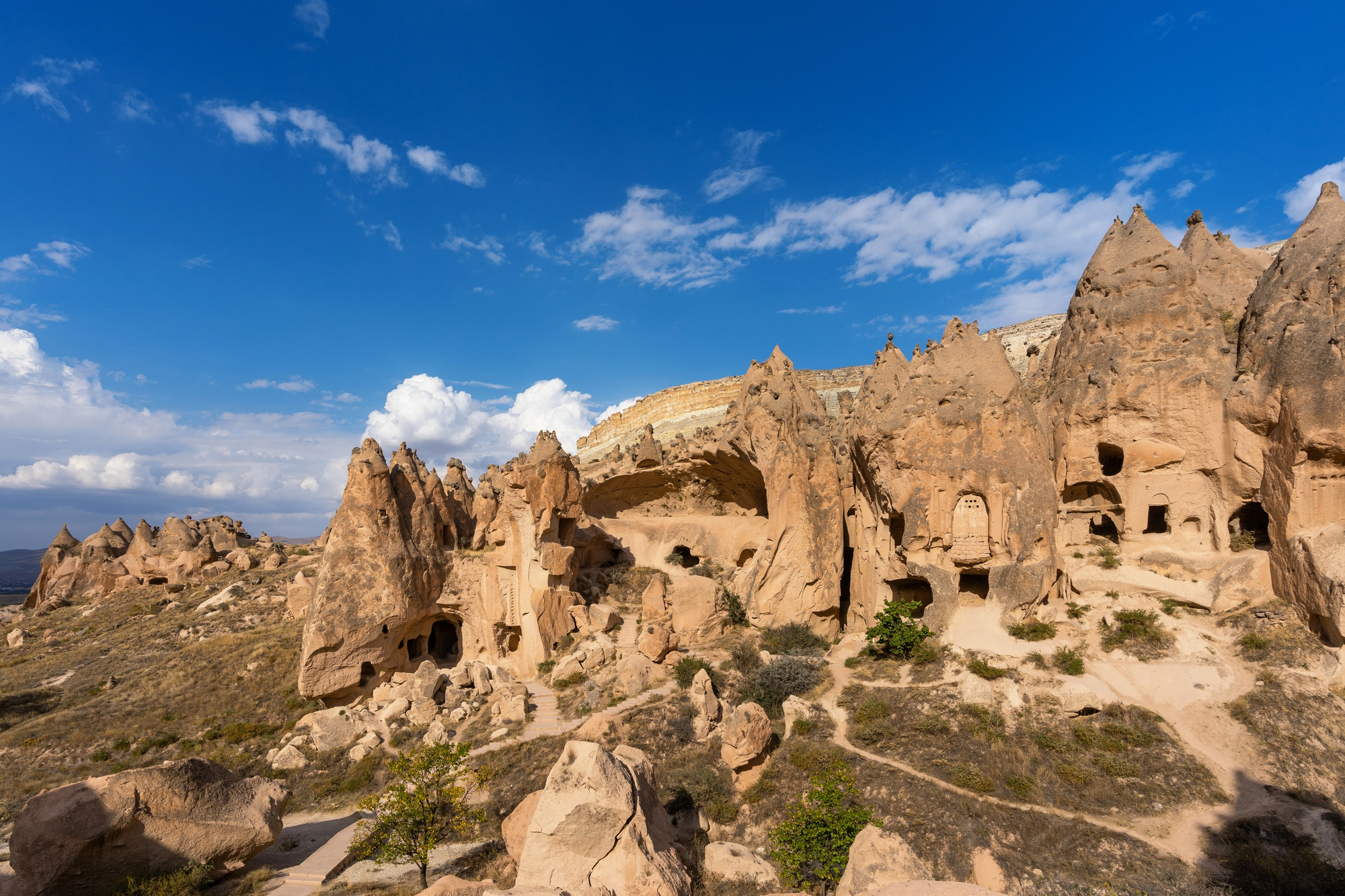History
man has a rich history dating back to the ancient Magan civilization, which flourished in the
3rd millennium BCE and was known for its copper trade. The region was later influenced by various
civilizations, including the Persians, Assyrians, and Babylonians, who left their mark on the area’s culture
and traditions. In the 7th century CE, Islam spread to Oman, and the country became part of the Islamic
caliphates.

In the 16th century, the Portuguese established a presence in Oman, but they were eventually
expelled by the Yaruba dynasty, which ruled until the mid-20th century. In the 20th century, Oman
underwent significant modernization under the leadership of Sultan Qaboos bin Said Al Said, who came to power in 1970. The discovery of oil and natural gas reserves fueled economic growth and development, transforming Oman into a modern and prosperous nation.
Tourism places
Oman is a beautiful country with diverse landscapes and rich cultural heritage. Here are some
popular tourist destinations in Oman
- Mutrah Souq
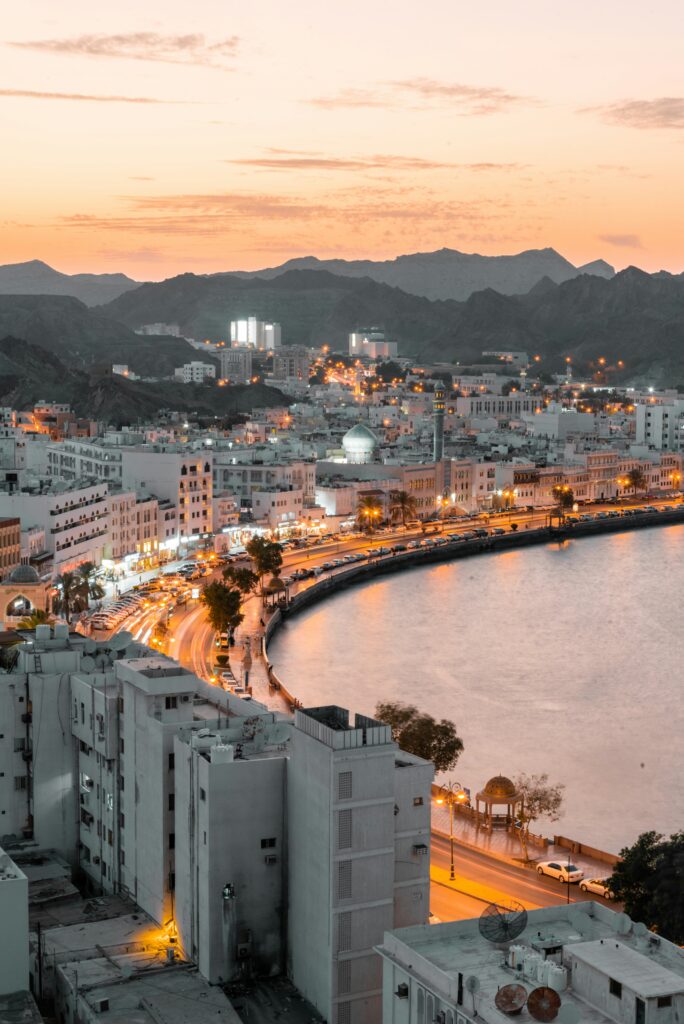
The capital city of Oman is known for its stunning architecture, including the Sultan
Qaboos Grand Mosque and the Royal Opera House. Explore the Mutrah Souq for traditional Omani goods and enjoy the scenic Corniche.
- Nizwa
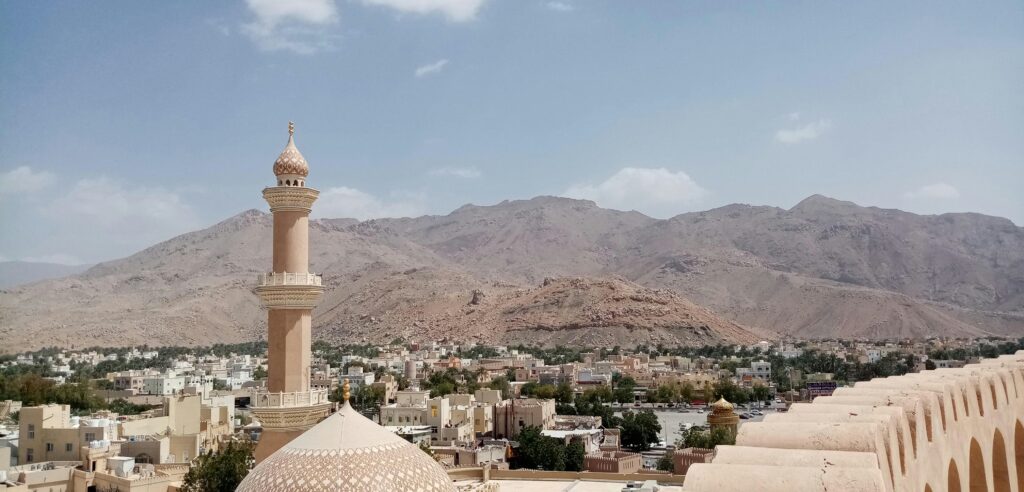
Famous for its historic fort and bustling souq, Nizwa is a great place to experience Omani culture and history. Visit Nizwa Fort, built in the 17th century, and explore the traditional market.
- Salalah
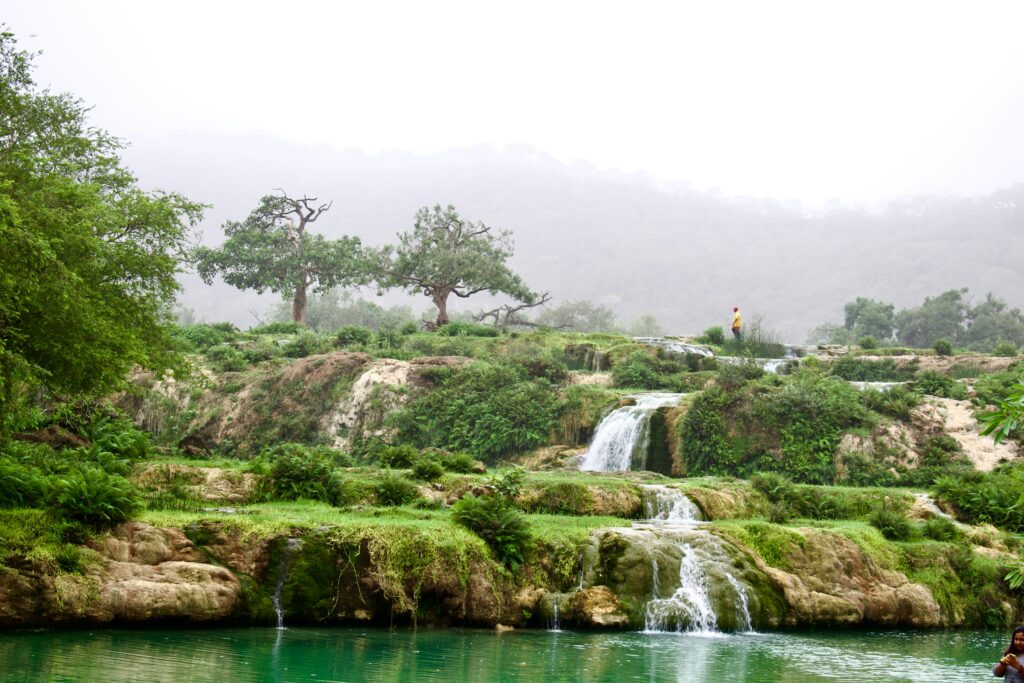
Located in the south of Oman, Salalah is renowned for its lush greenery, especially during the Khareef (monsoon) season. Explore the beautiful beaches, waterfalls, and historic sites like the Al Baleed Archaeological Park.
- Wahiba Sands
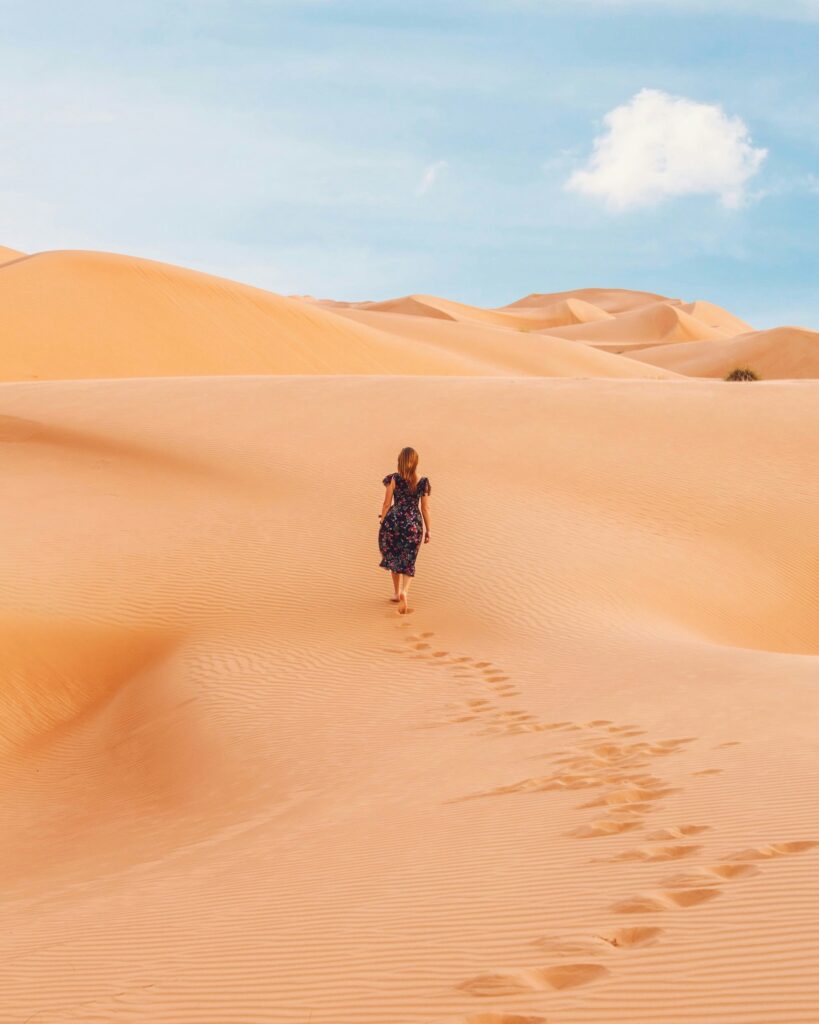
Experience the desert landscapes of Oman by visiting Wahiba Sands, known for
its expansive dunes and unique Bedouin culture. Enjoy desert activities like dune bashing, camel rides, and overnight camping.
- Musandam Peninsula
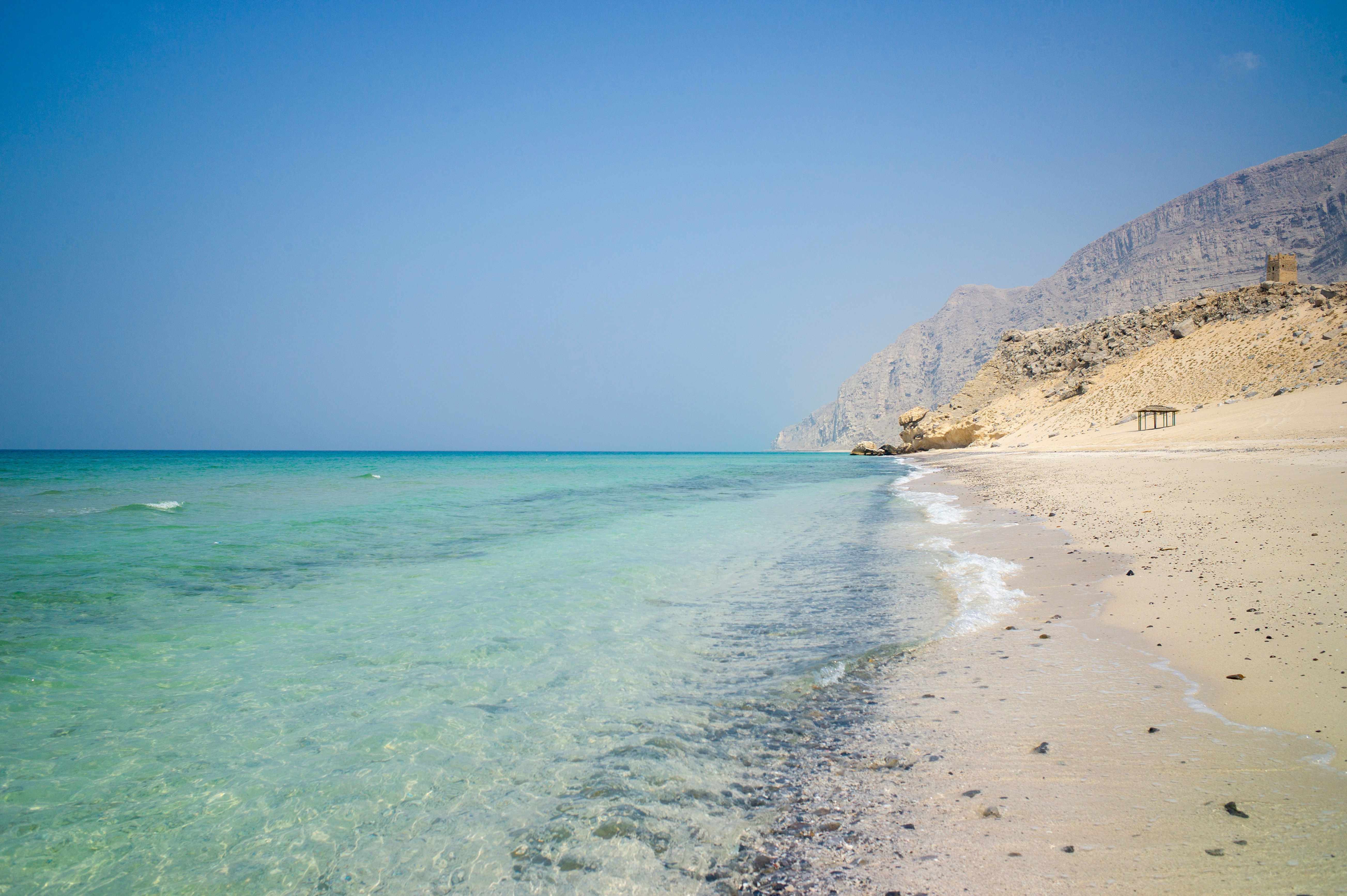
Known as the “Norway of Arabia,” this region features dramatic fjords, rugged coastlines, and opportunities for dolphin watching and snorkeling.
- Jebel Akhdar
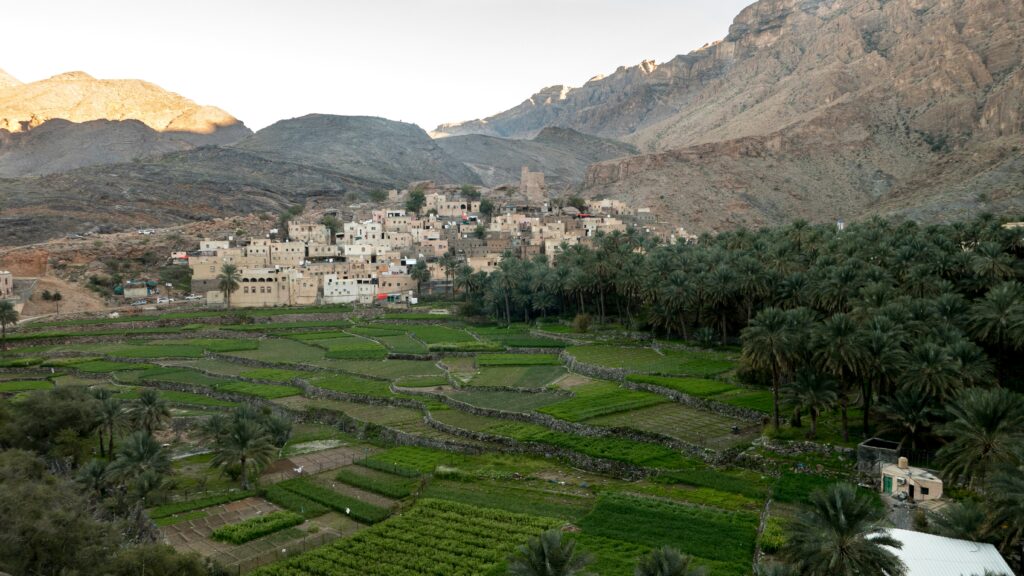
This mountainous region is known for its terraced farms, fruit orchards, and
traditional villages. Explore the stunning landscapes and enjoy hiking trails with panoramic views.
Culture
Oman’s culture is a blend of Arab, Persian, African, and Indian influences, reflecting its strategic
location on ancient trade routes. Arabic is the official language, and traditional dress, such as the dishdasha (ankle-length robe) for men and the abaya (long black cloak) for women, is widely worn. Oman has a rich heritage in poetry, music, and traditional arts and crafts like weaving, pottery, and metalwork. Cultural events like the Muscat Festival and the Salalah Tourism Festival celebrate the country’s traditions and heritage, featuring music, dance, and handicraft exhibitions. Omanis are known for their hospitality and generosity, often welcoming visitors with dates, coffee, and traditional dishes, reflecting the country’s deep rooted cultural values.


Cuisine
Omani cuisine is a fusion of Arab, Persian, Indian, and African influences, reflecting the country’s
diverse cultural heritage. Arsia, a thick chicken soup flavored with spices and dried limes, is considered a
national dish and is often served during celebrations. Kahwa, Omani coffee flavored with cardamom,
saffron, and rose water, is an integral part of Omani culture and hospitality, often served to guests as a
symbol of welcome. Halwa, a sweet gelatinous dessert made with saffron, rose water, and nuts, is a beloved treat, often served during Eid celebrations. Machboos, a spiced rice dish with meat or seafood, and shuwa, slow-cooked meat buried in an underground oven, are popular main dishes. Omani cuisine also features abundant use of rice, meat, and dates, reflecting the country’s desert environment and Bedouin heritage.




